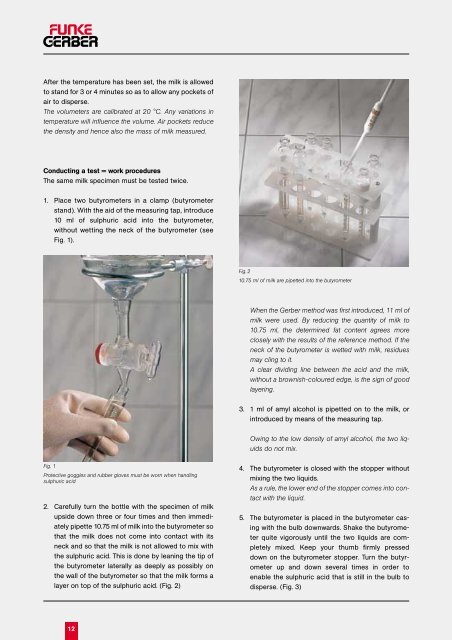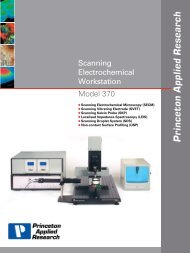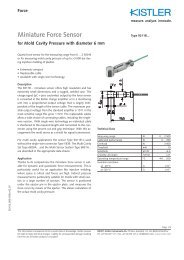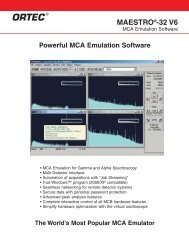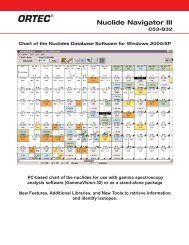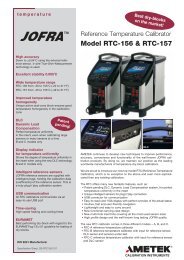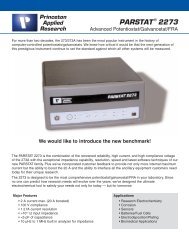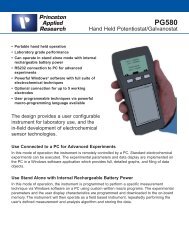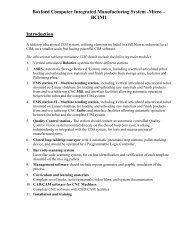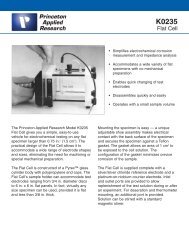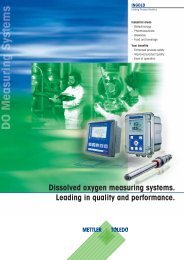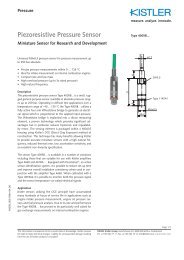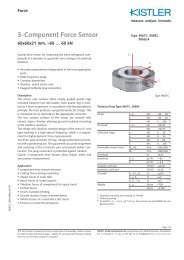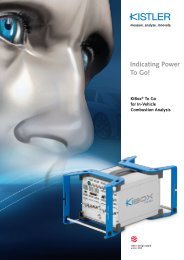Laboratory catalogue
Laboratory catalogue
Laboratory catalogue
Create successful ePaper yourself
Turn your PDF publications into a flip-book with our unique Google optimized e-Paper software.
After the temperature has been set, the milk is allowed<br />
to stand for 3 or 4 minutes so as to allow any pockets of<br />
air to disperse.<br />
The volumeters are calibrated at 20 °C. Any variations in<br />
temperature will influence the volume. Air pockets reduce<br />
the density and hence also the mass of milk measured.<br />
Conducting a test = work procedures<br />
The same milk specimen must be tested twice.<br />
1. Place two butyrometers in a clamp (butyrometer<br />
stand). With the aid of the measuring tap, introduce<br />
10 ml of sulphuric acid into the butyrometer,<br />
without wetting the neck of the butyrometer (see<br />
Fig. 1).<br />
Fig. 2<br />
10.75 ml of milk are pipetted into the butyrometer<br />
When the Gerber method was first introduced, 11 ml of<br />
milk were used. By reducing the quantity of milk to<br />
10.75 ml, the determined fat content agrees more<br />
closely with the results of the reference method. If the<br />
neck of the butyrometer is wetted with milk, residues<br />
may cling to it.<br />
A clear dividing line between the acid and the milk,<br />
without a brownish-coloured edge, is the sign of good<br />
layering.<br />
3. 1 ml of amyl alcohol is pipetted on to the milk, or<br />
introduced by means of the measuring tap.<br />
Owing to the low density of amyl alcohol, the two liquids<br />
do not mix.<br />
Fig. 1<br />
Protective goggles and rubber gloves must be worn when handling<br />
sulphuric acid<br />
2. Carefully turn the bottle with the specimen of milk<br />
upside down three or four times and then immediately<br />
pipette 10.75 ml of milk into the butyrometer so<br />
that the milk does not come into contact with its<br />
neck and so that the milk is not allowed to mix with<br />
the sulphuric acid. This is done by leaning the tip of<br />
the butyrometer laterally as deeply as possibly on<br />
the wall of the butyrometer so that the milk forms a<br />
layer on top of the sulphuric acid. (Fig. 2)<br />
4. The butyrometer is closed with the stopper without<br />
mixing the two liquids.<br />
As a rule, the lower end of the stopper comes into contact<br />
with the liquid.<br />
5. The butyrometer is placed in the butyrometer casing<br />
with the bulb downwards. Shake the butyrometer<br />
quite vigorously until the two liquids are completely<br />
mixed. Keep your thumb firmly pressed<br />
down on the butyrometer stopper. Turn the butyrometer<br />
up and down several times in order to<br />
enable the sulphuric acid that is still in the bulb to<br />
disperse. (Fig. 3)<br />
12


